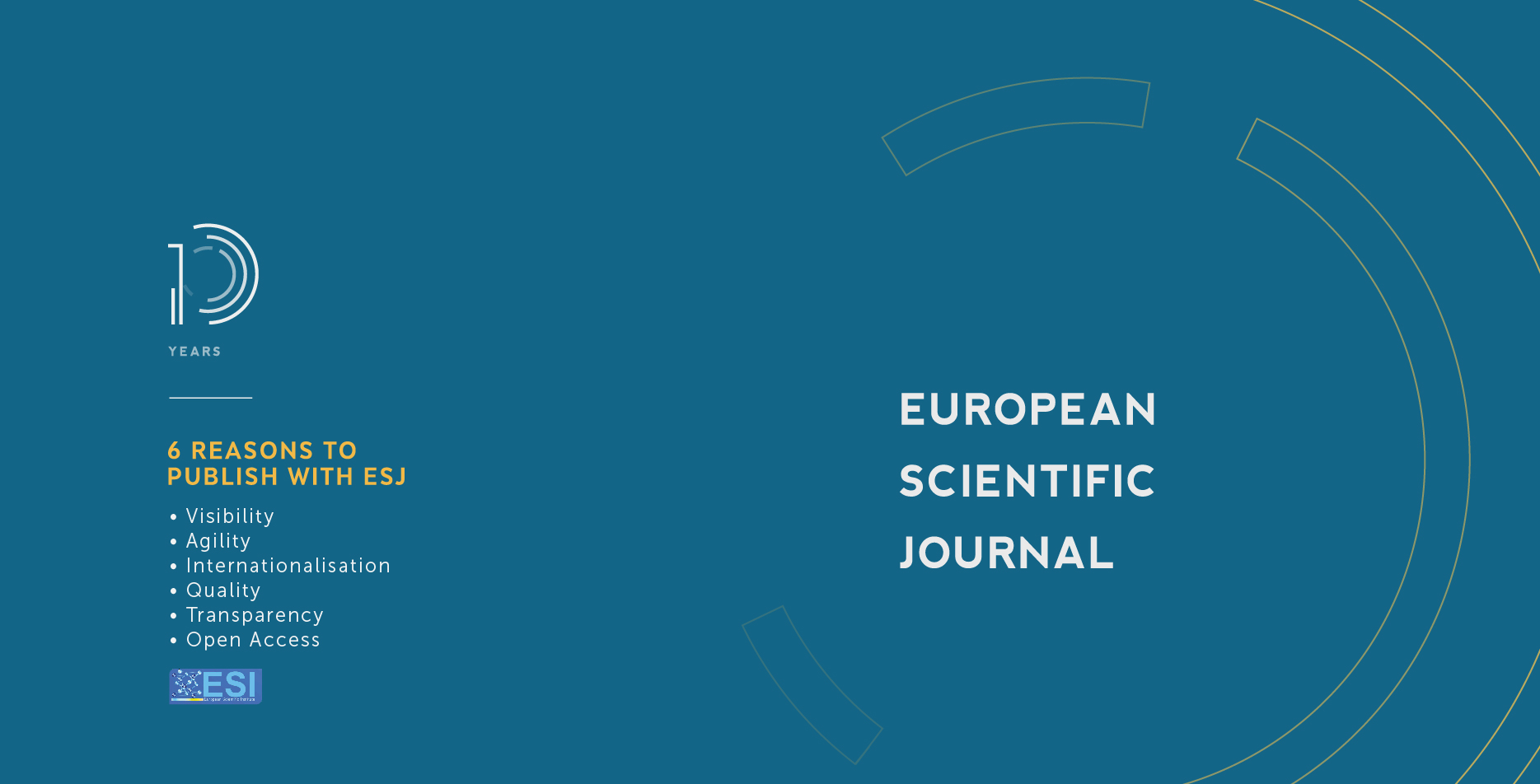Análisis Estadístico De La Formación Digital A Partir De La Relación De La Desigualdad Ingresos (Coeficiente Gini) Y El Analfabetismo Digital En Ecuador
Abstract
El estudio se basa en los efectos provocados por el analfabetismo digital desde la perspectiva de los ingresos, se puede entender en la oportunidad de conseguir un trabajo adecuado que aporte al bienestar de la ciudadanía. Ecuador en comparación con otros países de América Latina y el mundo, presenta una baja conectividad y desarrollo laboral por competencias enfocadas en la práctica de uso de TICs. Por lo consiguiente, esta investigación tiene como objetivo analizar la relación que existe entre Desigualdad Ingresos (Coeficiente Gini) y el analfabetismo digital (Porcentaje personas) basándose en datos específicos de Ecuador entre los años 2008 – 2019. La metodología aplicada fue un enfoque cuantitativo, con alcance descriptivo y diseño no experimental transeccional. La técnica de recolección de información fue estadística y se aplicó el modelo de regresión lineal simple basado en variables analizadas en los estudios teóricos como los de Katz & Koutroumpis (2012) y de Galperin y Ruzzier (2010). Los resultados fueron que existe suficiente evidencia estadística para demostrar la relación entre la variable dependiente Y= Analfabetismo digital (Porcentaje de personas) y la variable independiente X= Desigualdad Ingresos (Coeficiente Gini) con una significación ANOVA de 0.00%, un R^2=86.3%, del cual indica que el modelo tiene un buen ajuste a la variable explicativa, con una sensibilidad de β=0.438.
The study is based on the effects caused by digital illiteracy from the perspective of income, it can be understood in the opportunity to get a suitable job that contributes to the well-being of citizens. Ecuador compared to other countries in Latin America and the world, has low connectivity and job development due to competencies focused on the practice of using ICTs. Therefore, this research aims to analyze the relationship between Income Inequality (Gini Coefficient) and digital illiteracy (Percentage of people) based on specific data from Ecuador between the years 2008 - 2019. The applied methodology was a quantitative approach, with descriptive scope and non-experimental transectional design. The information collection technique was statistical, and the simple linear regression model was applied based on variables analyzed in theoretical studies such as those of Katz & Koutroumpis (2012) and Galperin and Ruzzier (2010). The results were that there is enough statistical evidence to demonstrate the relationship between the dependent variable Y = Digital illiteracy (Percentage of people) and the independent variable X = Income Inequality (Gini Coefficient) with an ANOVA significance of 0.00%, an R ^ 2 = 86.3%, of which indicates that the model has a good fit to the explanatory variable, with a sensitivity of β = 0.438.
Downloads
Metrics
PlumX Statistics
Copyright (c) 2021 María Teresa Albán Defilippi , Mónica Lissette Córdova Pozo , Carolina Correa Verduga Gema , Mariuxi Falconí Orozco Guisela , Elizabeth Mosquera Moreno Gladys

This work is licensed under a Creative Commons Attribution-NonCommercial-NoDerivatives 4.0 International License.








